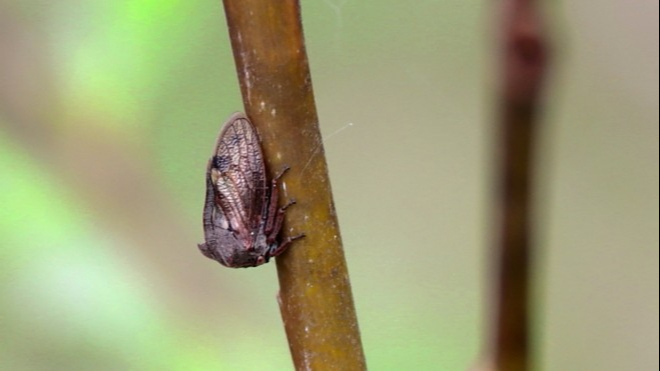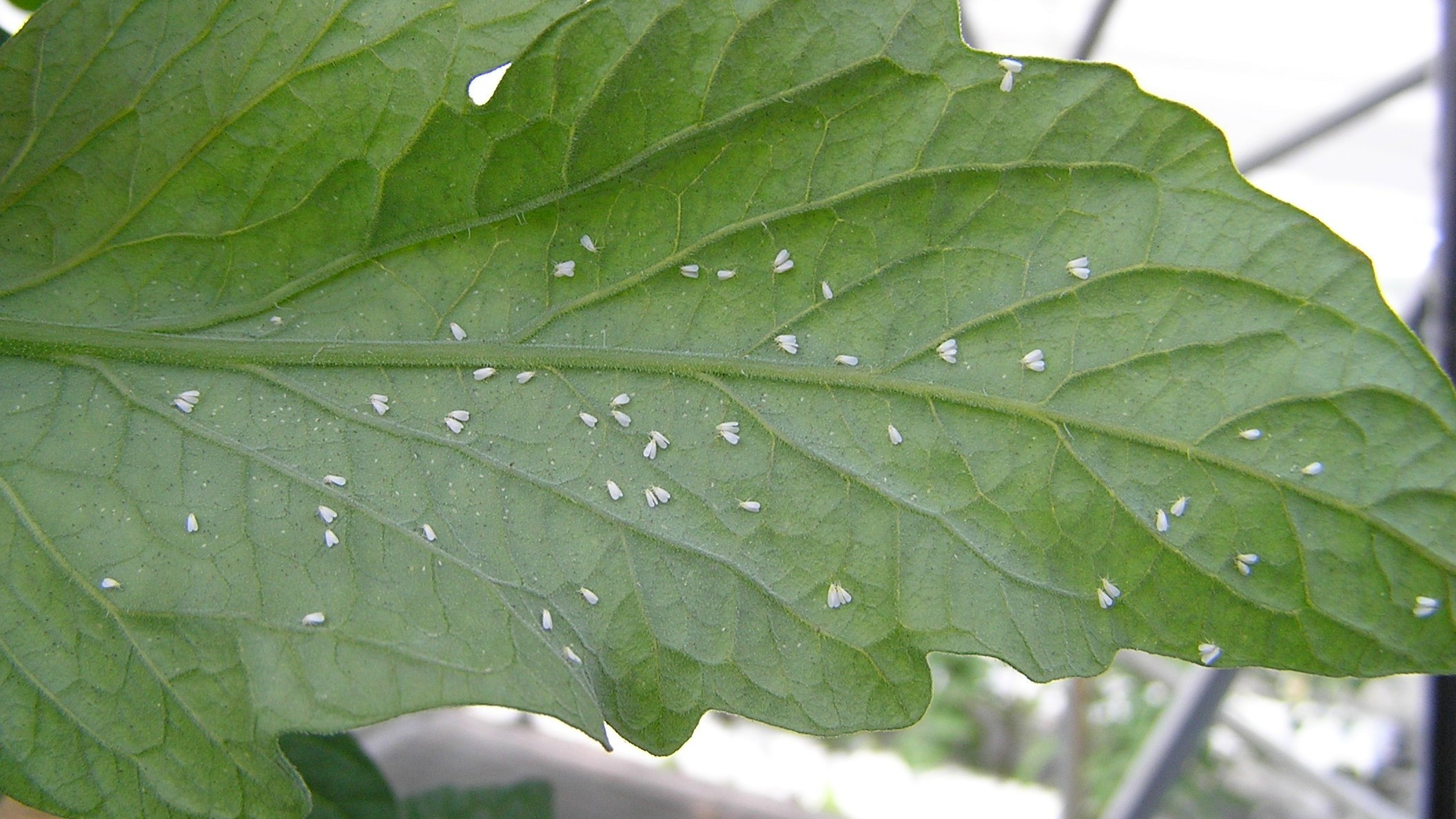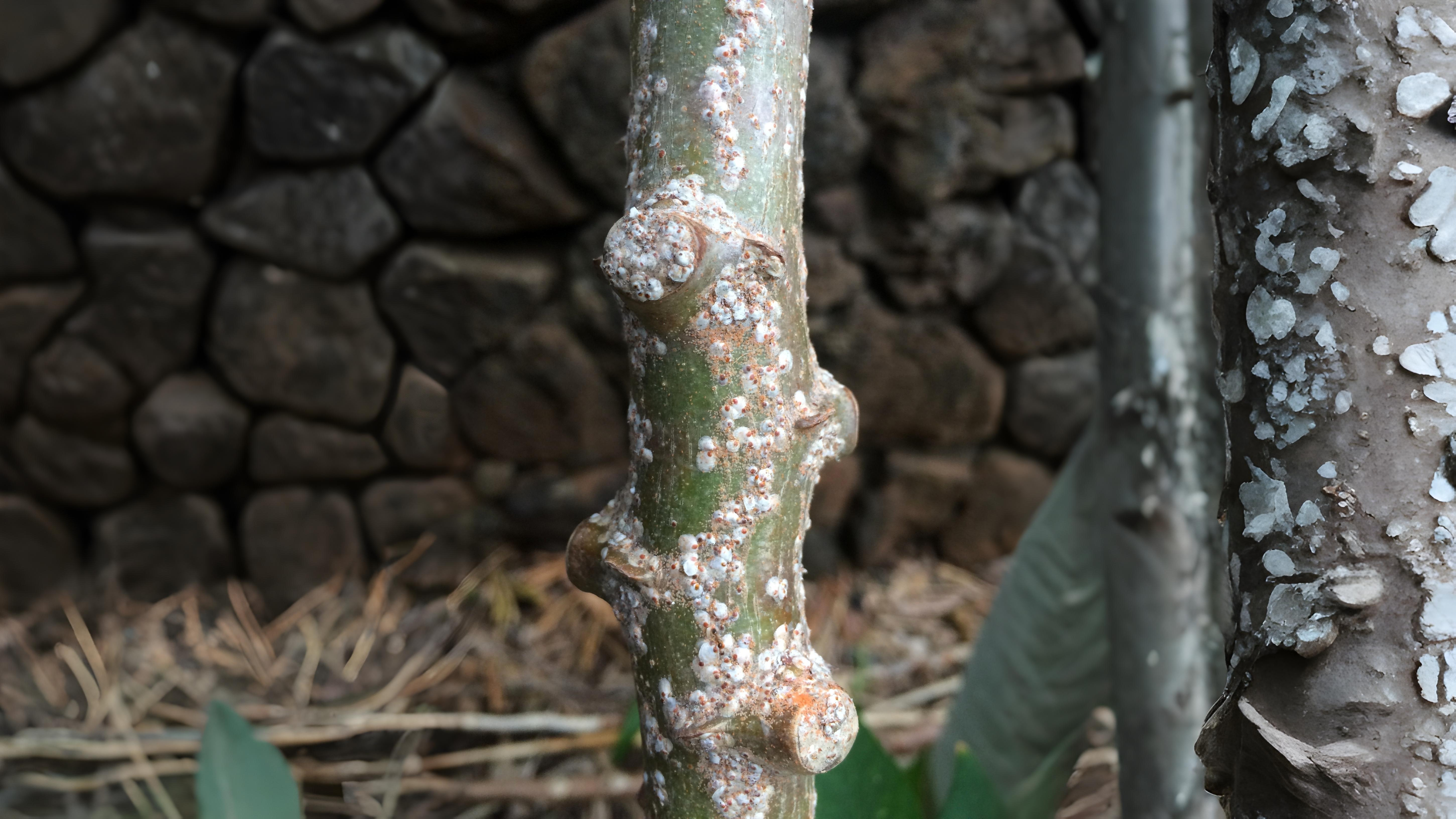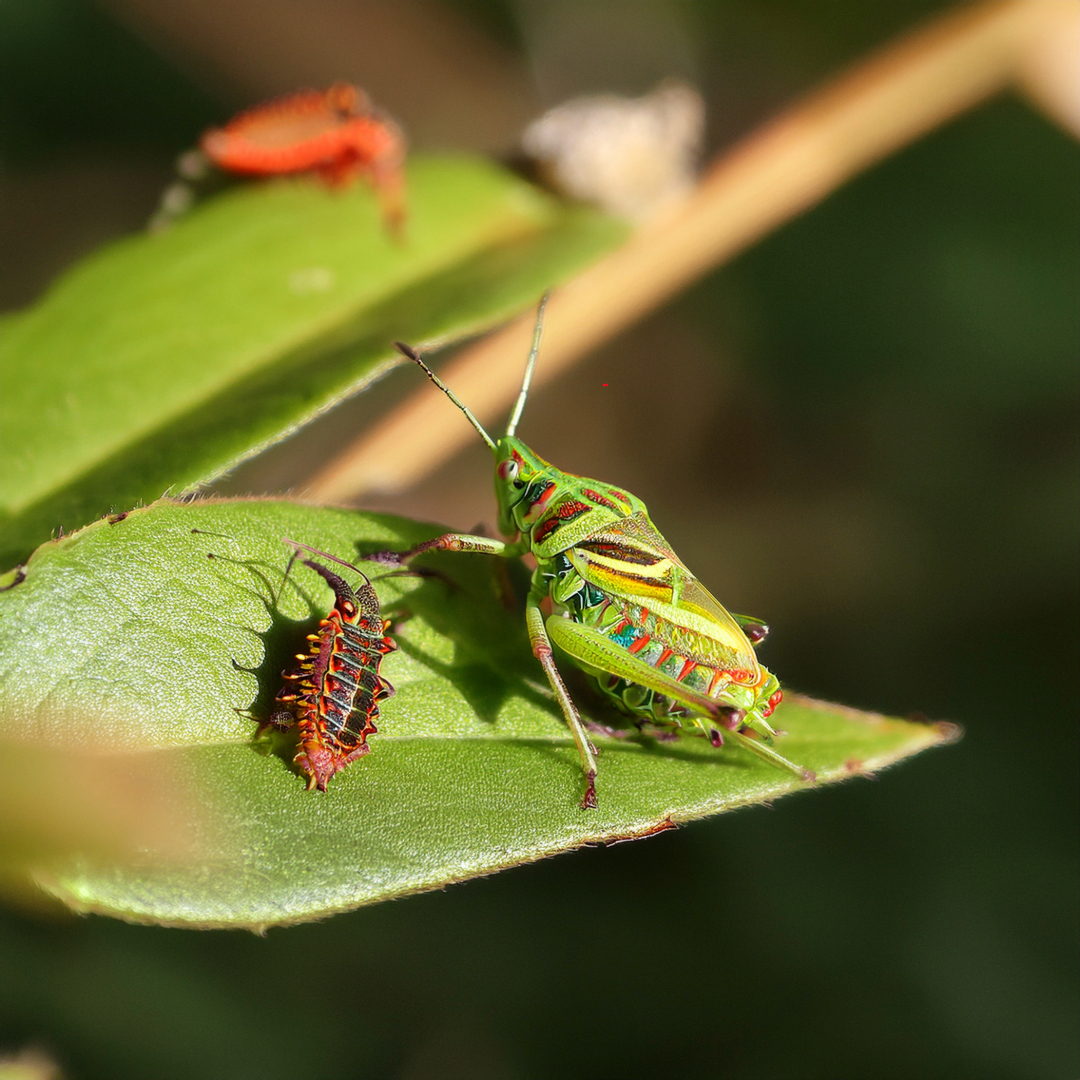
Return on June 26th to uncover the hidden world of flower pirates, pine cone vampires, and scale insects that vanish into bark. Discover where to spot them—from Buckingham Palace’s leafhopper elite to the Oxshott woods’ flat-as-paper bark bugs. Beware: these tiny predators pack a piercing bite!
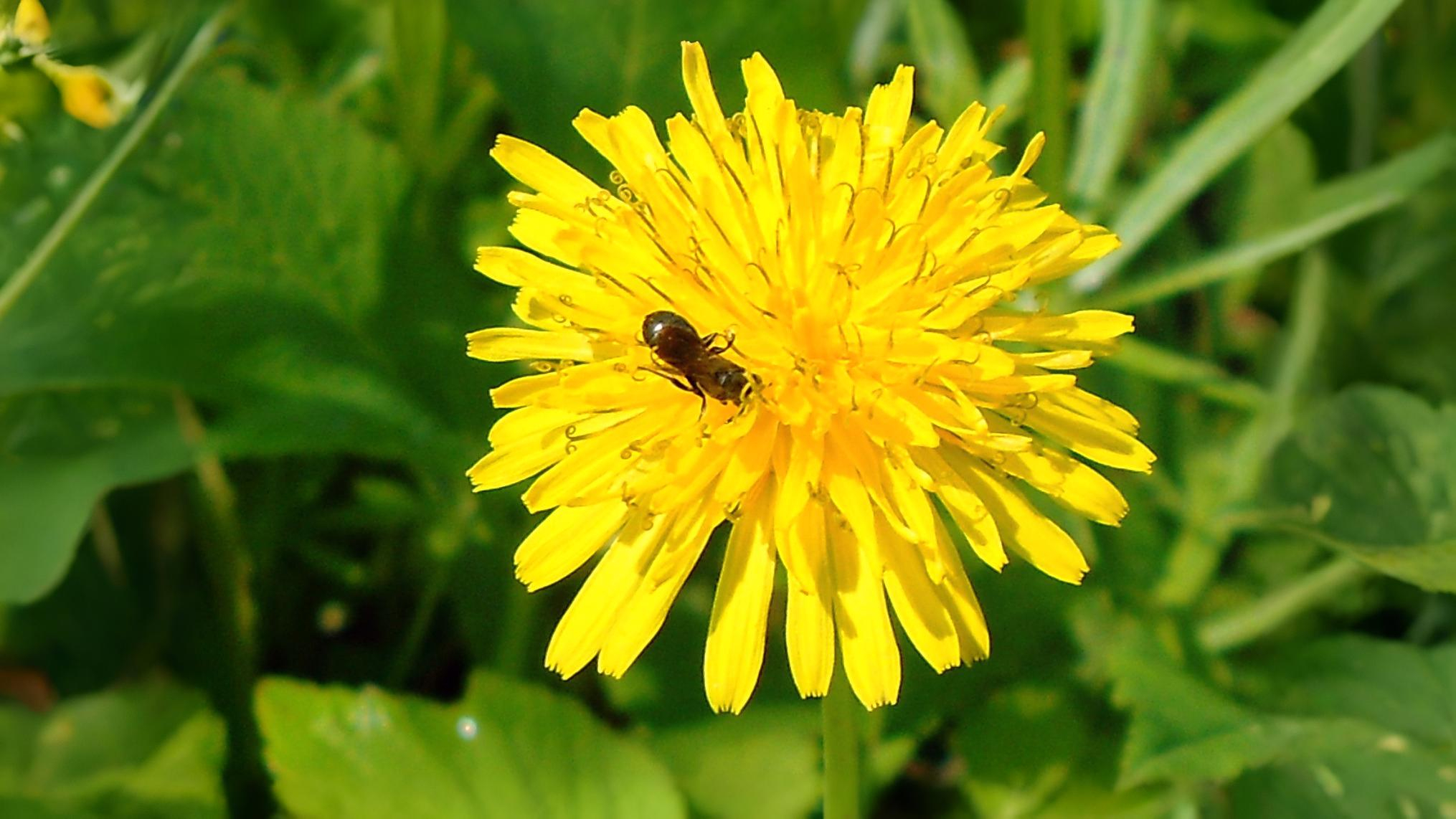



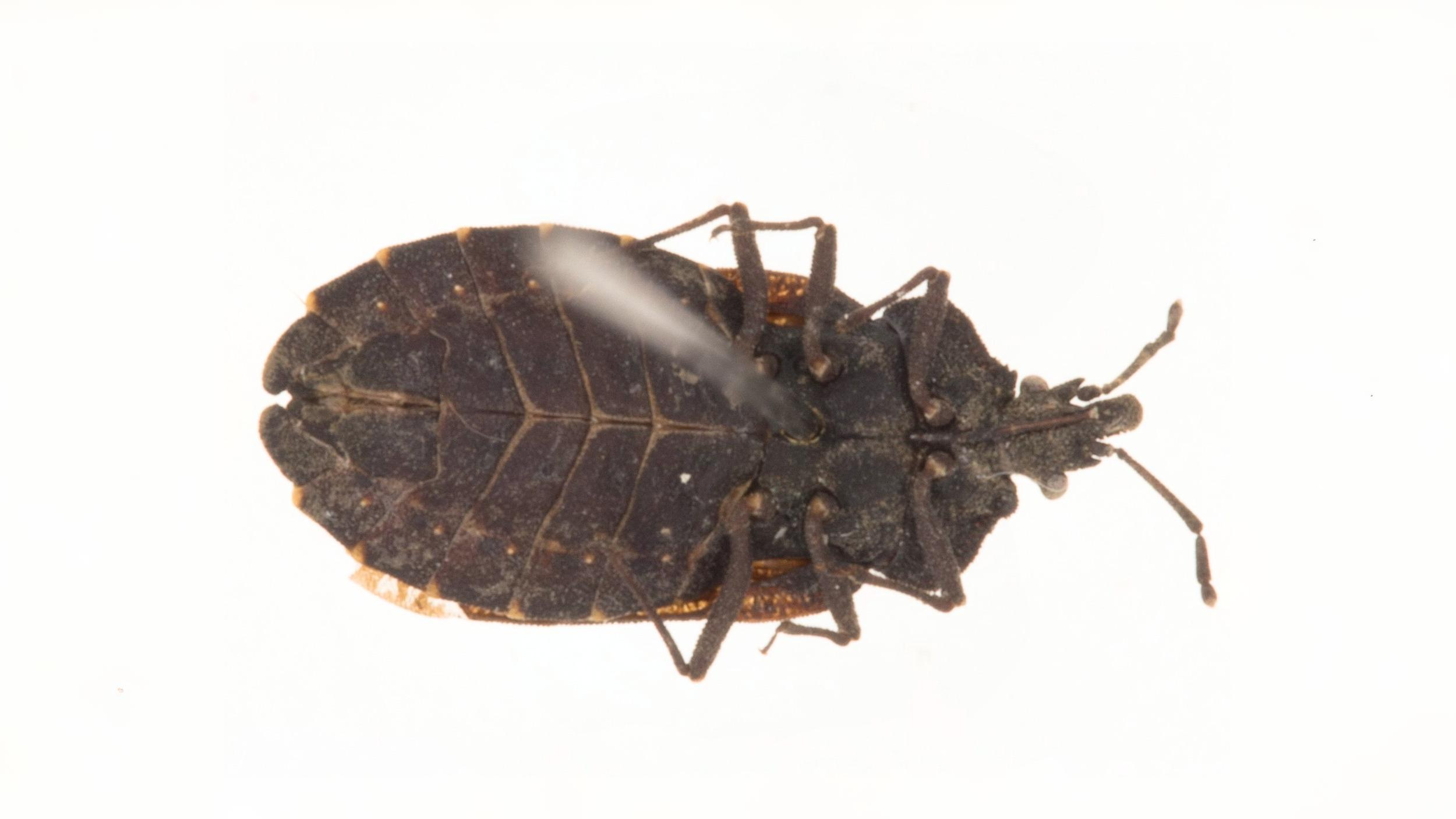

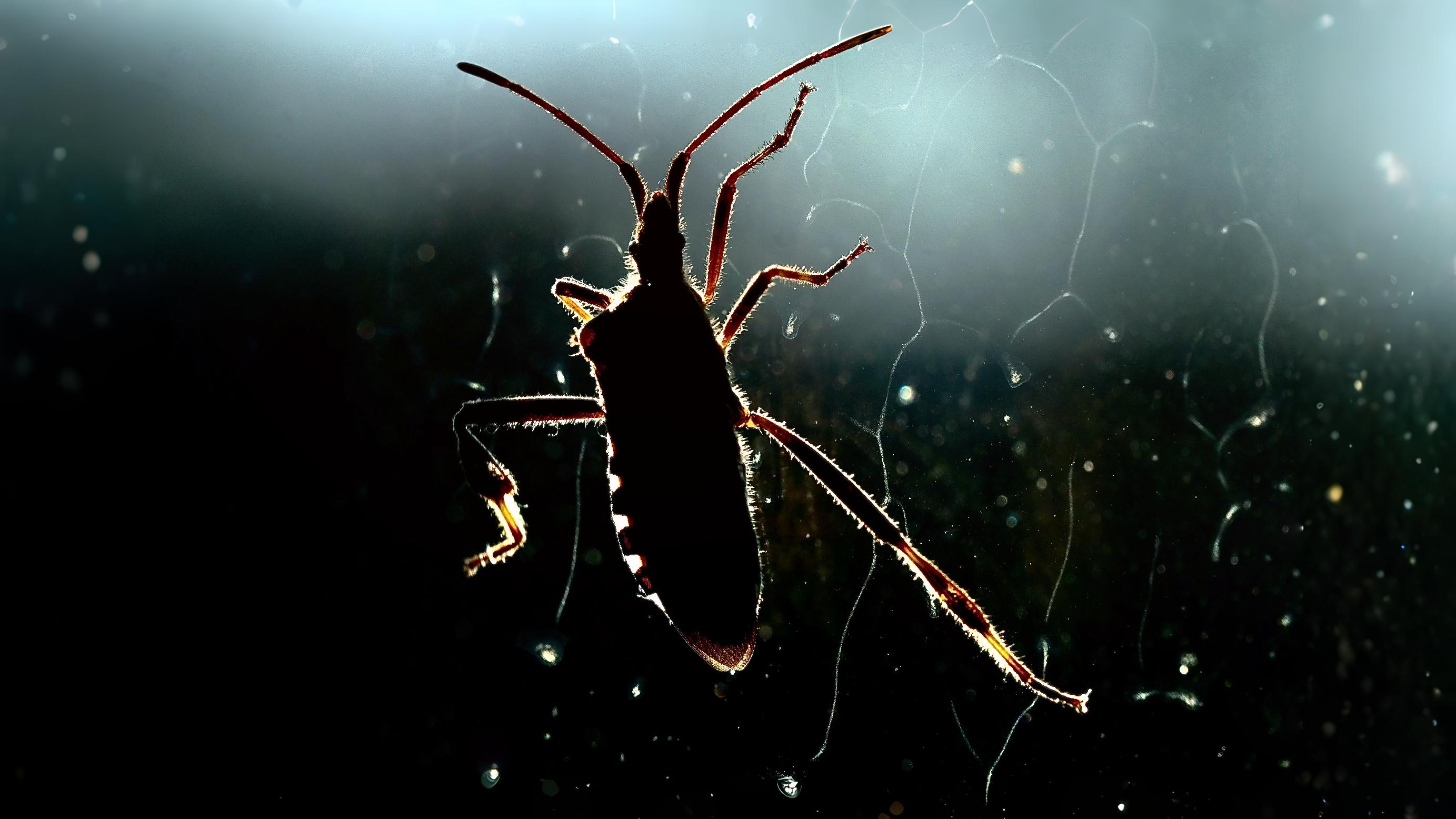

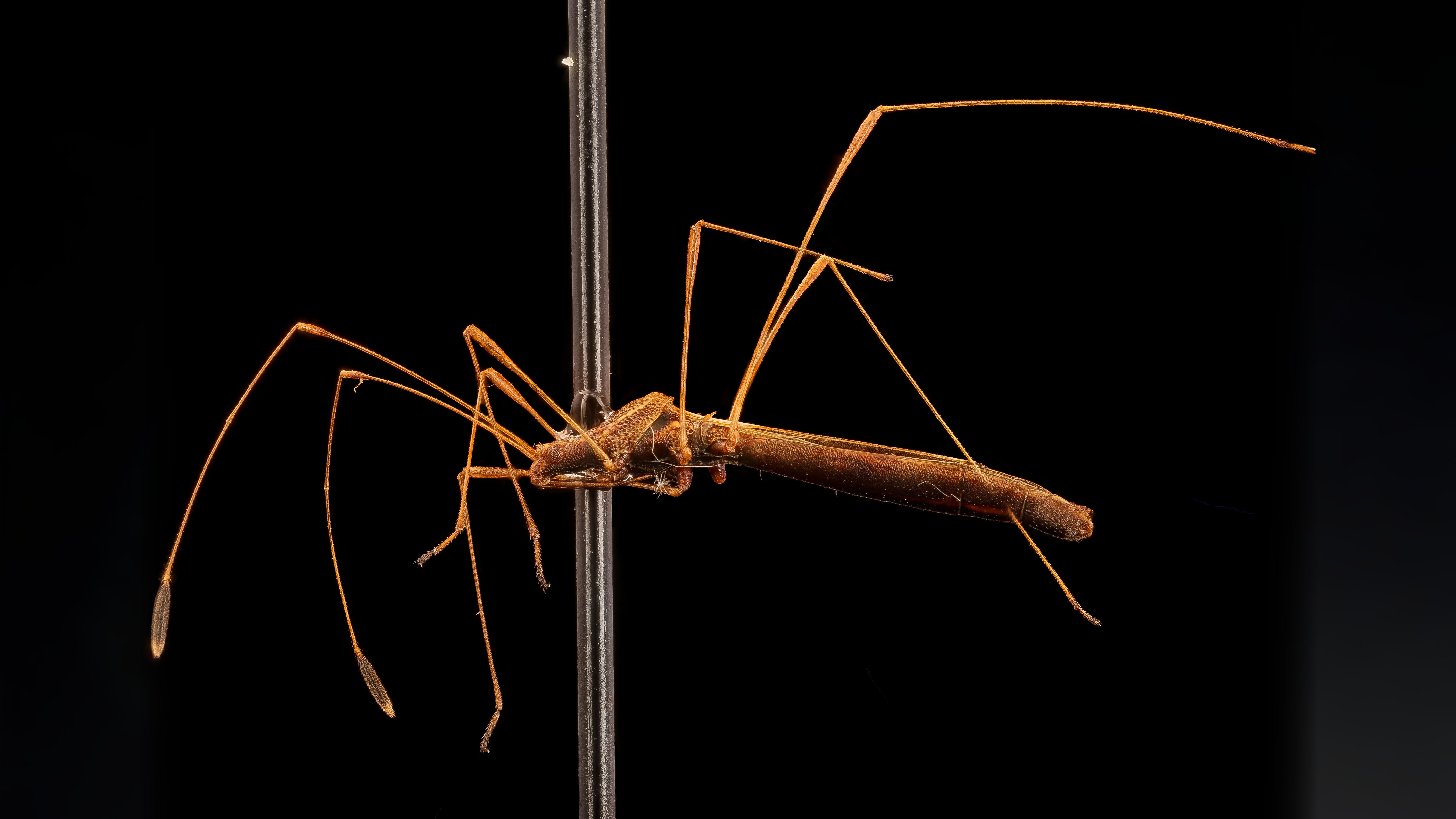

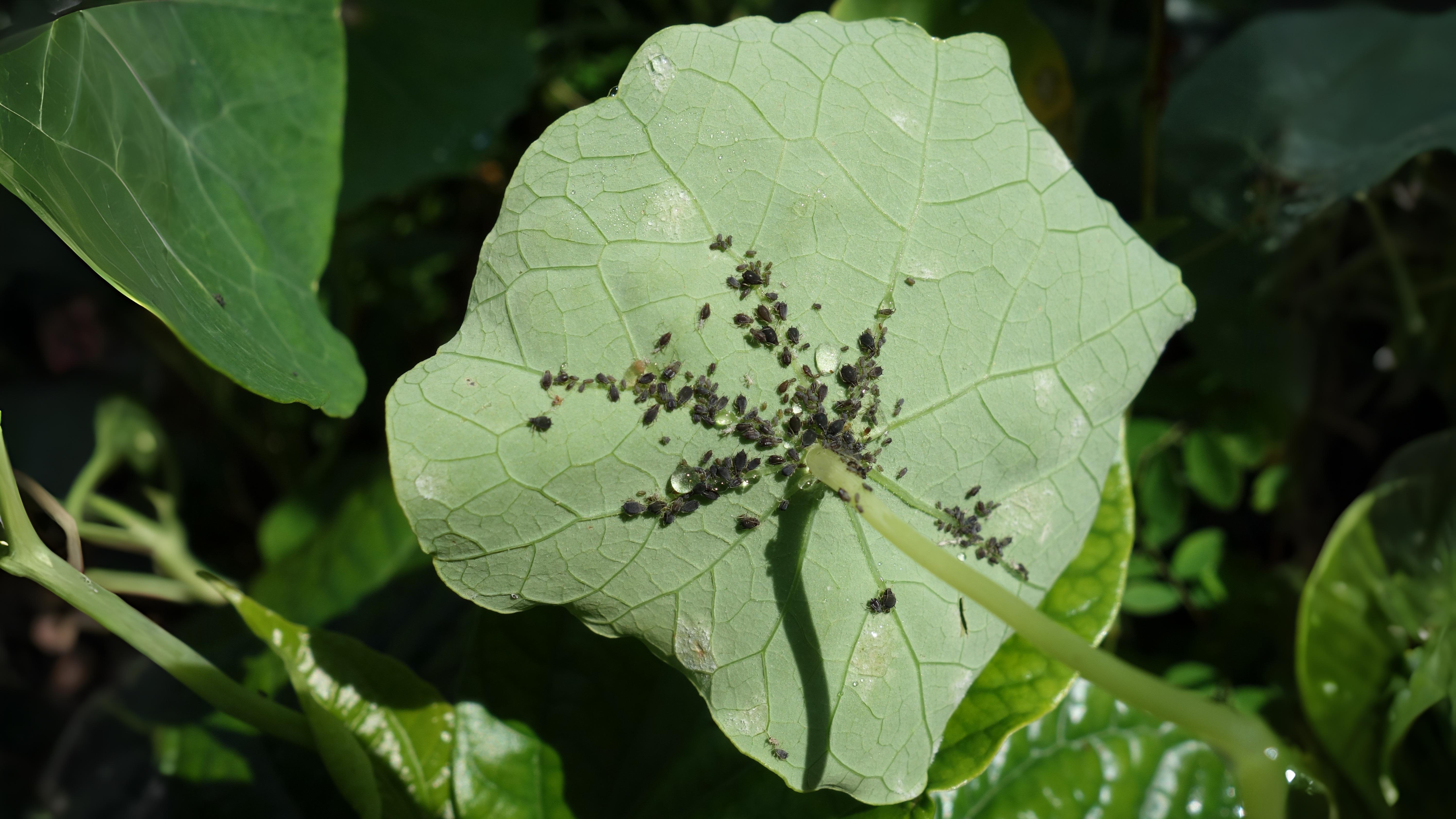



Jumping plant lice are also similar to leaf hoppers but smaller and with proportionally longer antennae. Their wings also tend to be more prominently veined making them look a little like cicadas. These are the ‘suckers’ that do so much damage in orchards e.g. apple and pear suckers Psylla spp. As they feed, they not only produce copious quantities of honeydew but also wax.
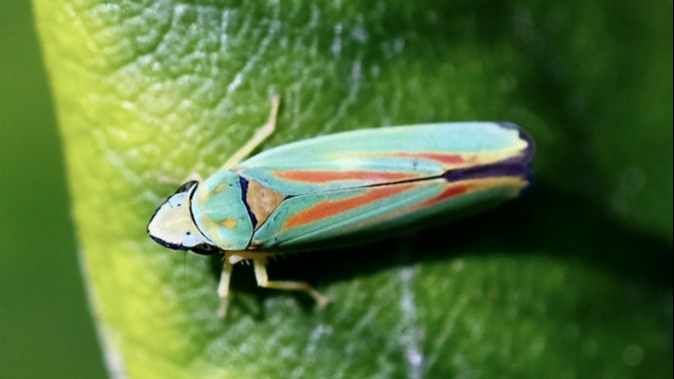

A rarer group of jumpers are the treehoppers. These are only capable of small jumps and are recognised by the horns or extensions on their backs which make them look so much like thorns. If such a thorn is touched it often moves around the branch to escape any further persecution. They are sometimes found by sweeping the lower branches in woodland rides or orchards.
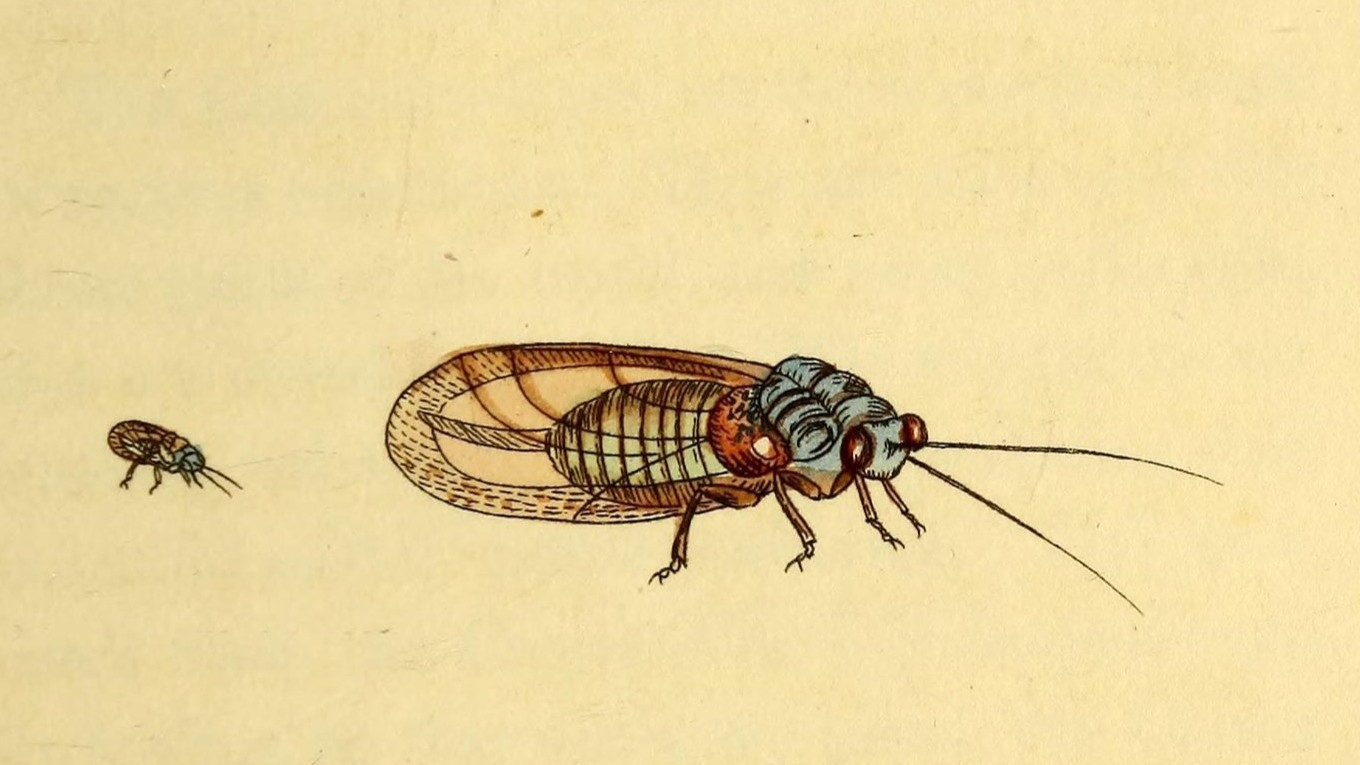

Adult whiteflies look like miniature white moths, but it is not the adults but the nymphs that we notice. These are responsible for the spots of white powdery wax found on houseplants and in greenhouses all over London.
